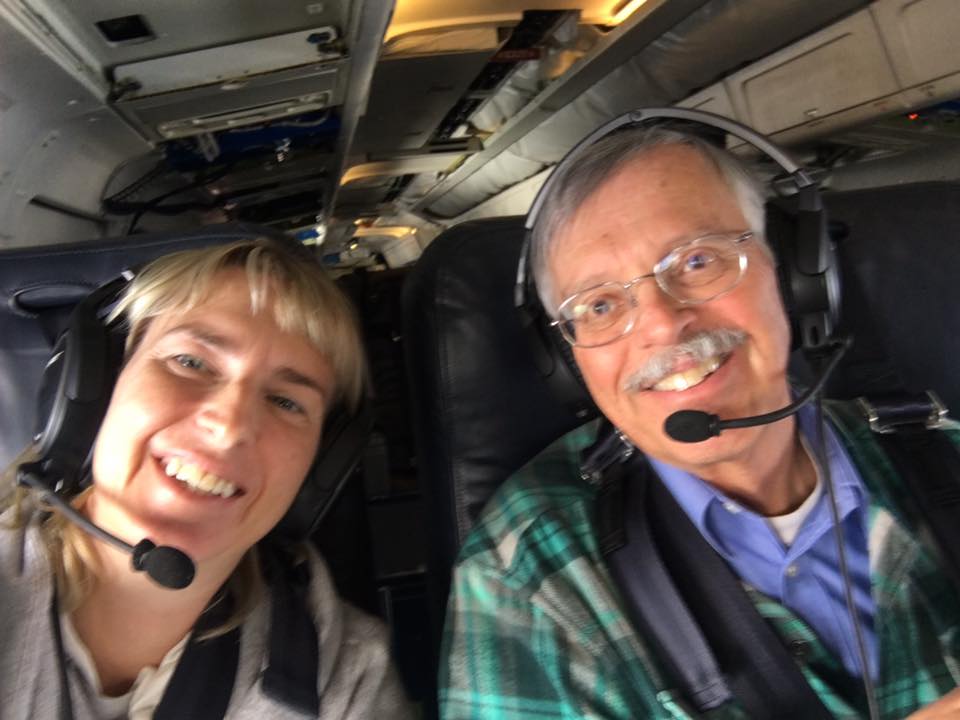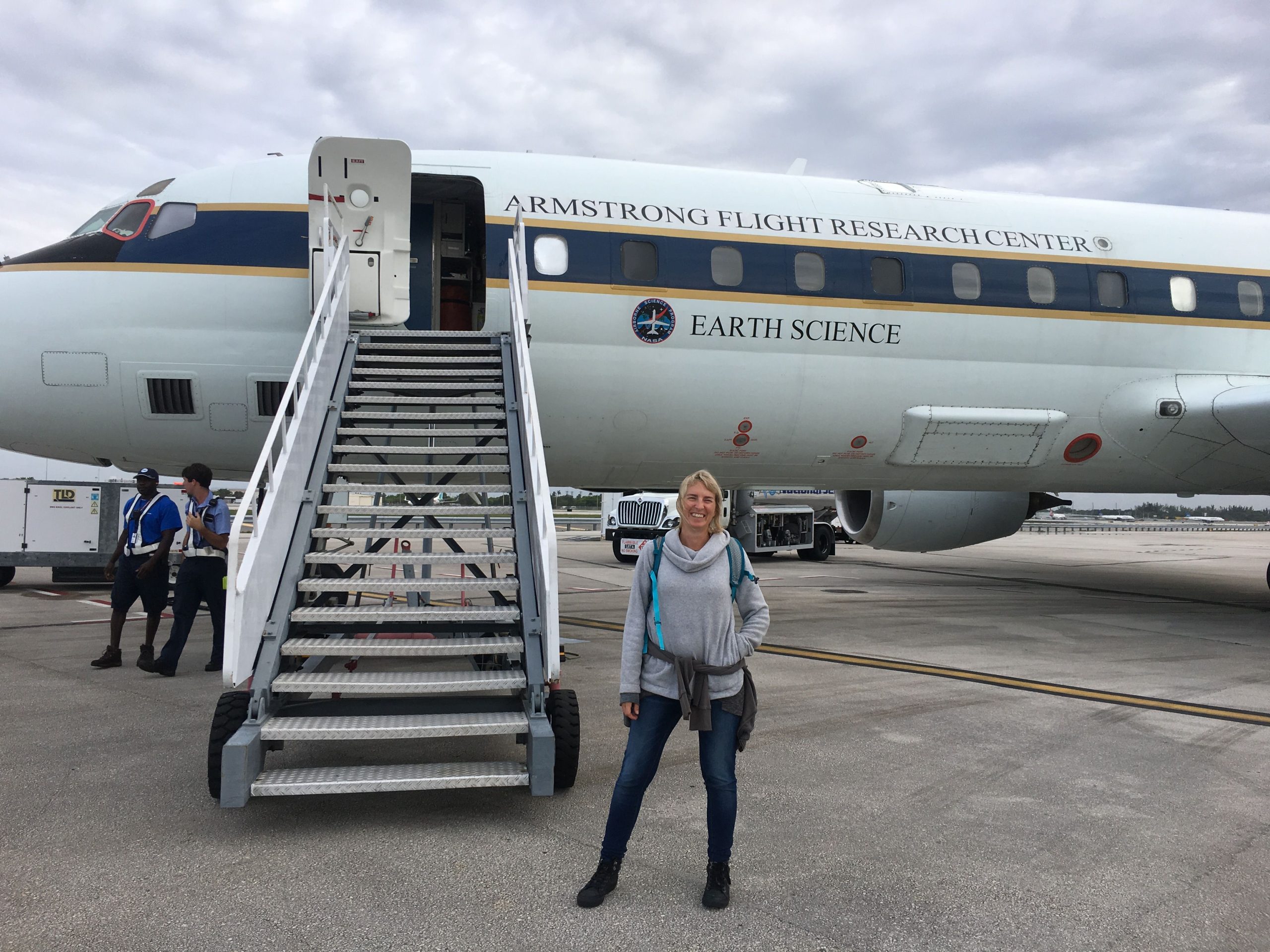Zeljka Fuchs is a former Associate Professor at the University of Split who led many international projects and organised a Science Festival for which she received a Distinguished President award. The former Split academic takes America…
Flying high to study ever changing weather and climate forecasts which are an increasingly important part of our lives. Weather extremes such as heat waves, droughts, floods, tornadoes, hurricanes and more cause enormous impacts on our everyday lives, as well as on agriculture, forestry and the economy in general.
The forecasts are based on physics and measurements. The least understood atmospheric physical process is called convection. Convection forms rain clouds and major storms and is very important for New Mexico weather, especially during the monsoon season. The measurements are sparse, particularly over the ocean. To improve the physics of the weather and climate forecasts and to get the data where there is none to be obtained, scientists do field projects.
This is where two researchers come in, Croatian Zeljka Fuchs and David J. Raymond, from the newly formed Climate and Water Center at New Mexico Tech received $2.8 million in funding from the National Science Foundation (NSF) for the field project Organisation of Tropical East Pacific Convection (OTREC). To improve weather prediction over the whole planet, researchers at Tech will study atmospheric convection, a process that creates cumulonimbus clouds responsible for violent storms, heavy rain and lightning. They will be flying to convection on a high-flying aircraft owned by NSF over the tropical East Pacific Ocean and Caribbean.
The OTREC project will take place in the summer of 2019. The operational center will be in Costa Rica. The core group consists of scientists from Harvard University, University of Wisconsin, National Oceanic and Atmospheric Administration, Colorado State University, University of Washington, Columbia University and New Mexico Tech. The international collaborators are from Mexico, Costa Rica, and Colombia.
“If we don’t understand the physical processes that go into the model, the forecast will suffer.” explains Fuchs, a former familiar face of Split University. Fuchs emphasises the importance of measurements taken in field campaigns like OTREC: “If we don’t have the data, we cannot determine if our physics is correct.”
Raymond adds: “The tropical Eastern Pacific Ocean is the ideal place to study rain. Understanding convection in the tropics is essential to making better weather forecasts over the entire globe, including here in New Mexico.”

Fuchs is the director of the newly formed Climate and Water Center at New Mexico Tech and a graduate of that institution. Raymond is a professor emeritus of physics at New Mexico Tech, the 2017 recipient of the American Meteorological Society’s Jule Charney Award (recognition of highly significant research or development achievement), and a vital part of the Climate Center. The Center’s goal is to bring the fundamental science learned from projects like OTREC into the “real world” i.e – to apply science to the problems we are facing in our everyday lives due to weather and climate change.











